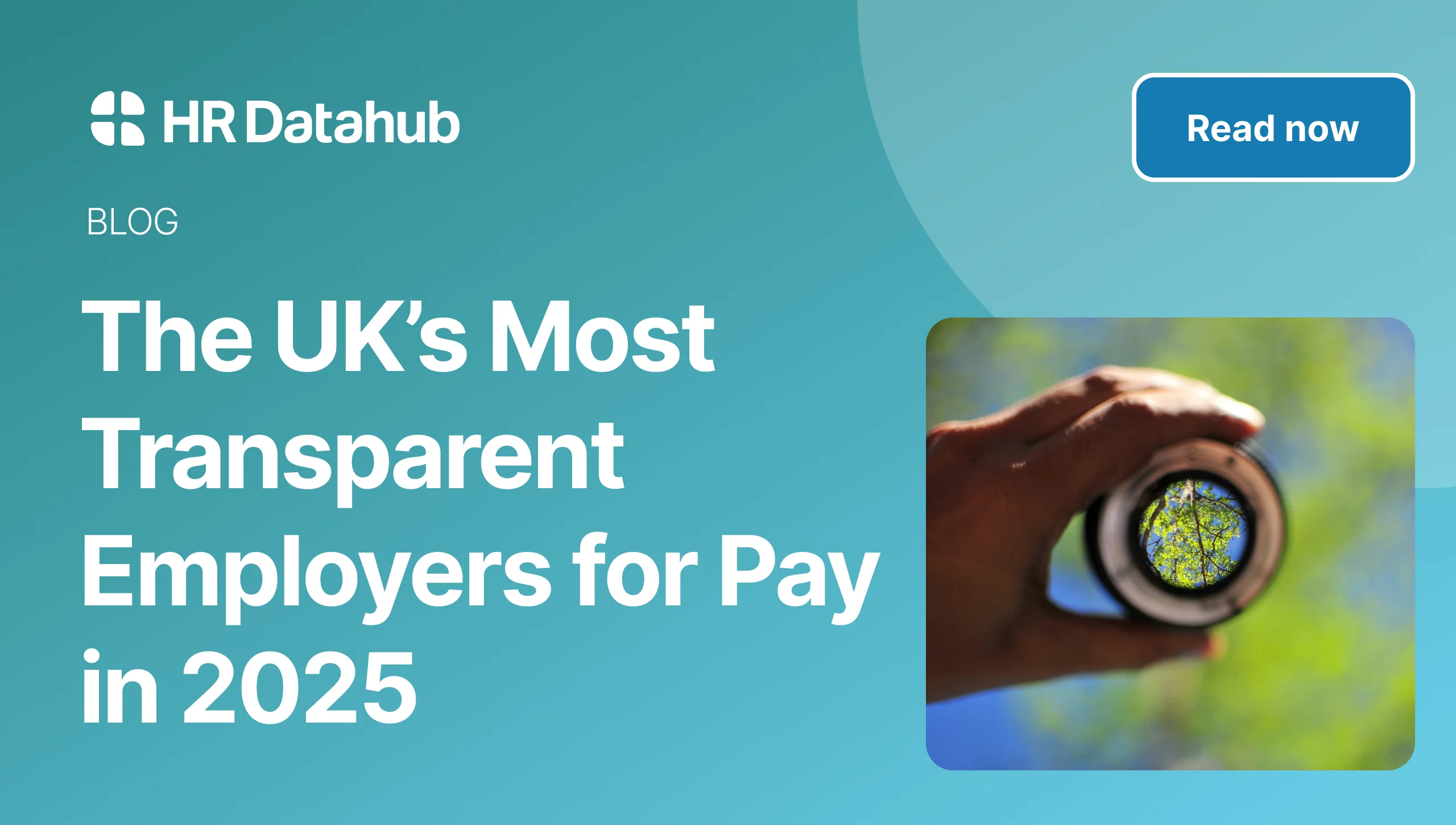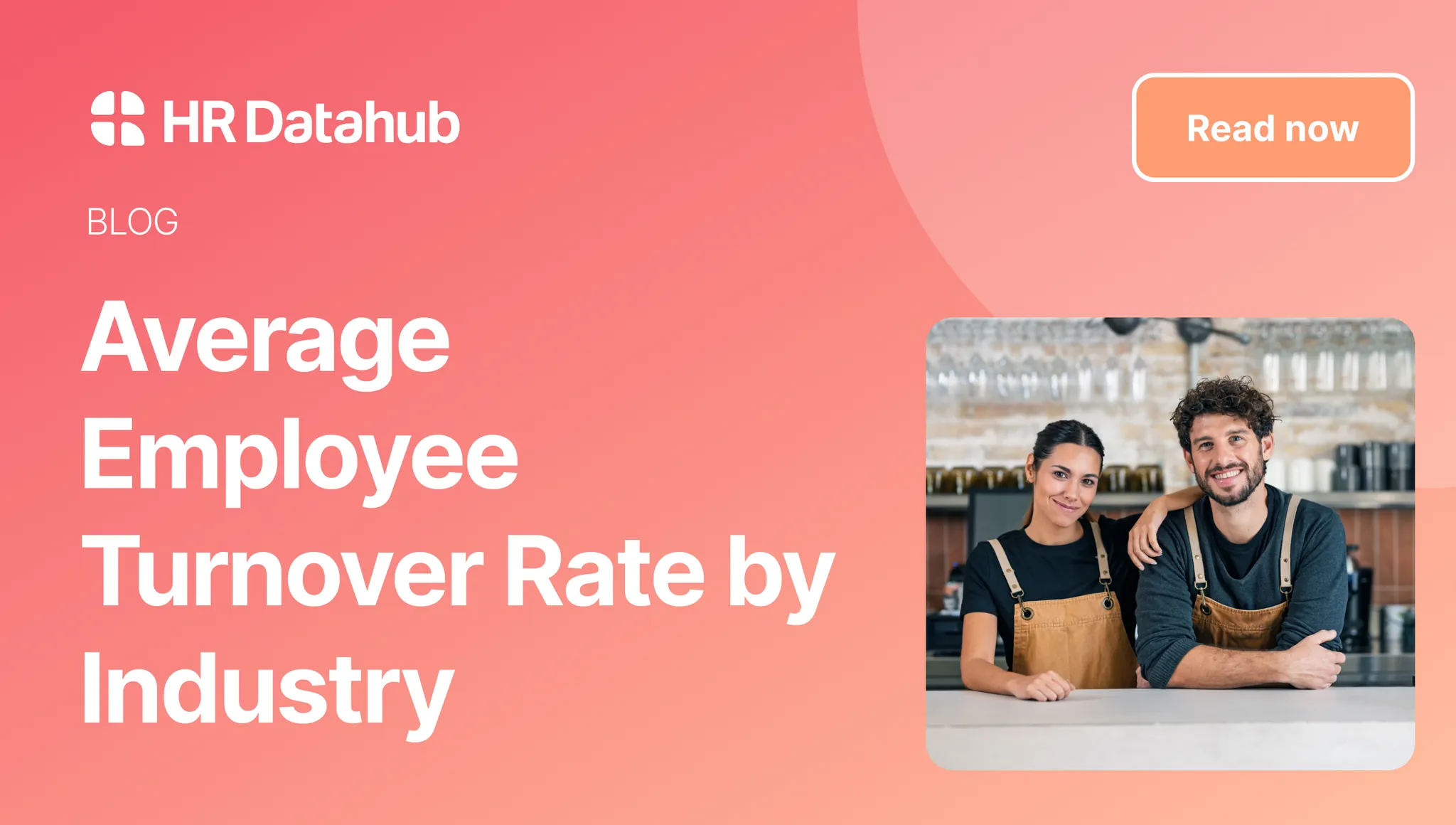

October 18, 2022
October 18, 2022
D&I data collection: How to get your staff’s buy-in?

Published by:
David Whitfield
,
CEO & Co-Founder
,
HR DataHub

Reviewed by:
Alexa Grellet
,
COO & Co-Founder
,
HR DataHub

3
MIN READ time

If you're looking for open and honest D&I feedback from employees, building a culture where staff feel they can bring their whole selves to work is essential.
If you want your employees to provide personal information, they need to trust that you're keeping their data safe. This is why it's necessary to communicate how you comply with laws when handling and collecting their personal information.
—
In this short blog post, we share tips on how to get your colleagues buy-in with a failproof communication regarding diversity and Inclusion data collection.
5 proven tactics for communicating about data collection
1. Communicate the why
Before collecting data to help create, refocus or measure the effectiveness of your D&I strategy, it's essential to communicate openly with your employees.
Let them know what data you're collecting and explain how you'll keep their personal information secure.
Explain the type of programs you're considering introducing to support your D&I strategy, or share examples of other organisations to help explain why you need the data to validate your strategy and help with decision-making to better support your employees in the workplace.
2. Establish buy-in from senior leadership
Getting genuine commitment from your senior leaders is critical if you're serious about your D&I strategy being impactful and creating change in your workplace.
They need to spearhead your communications, be vocal about supporting D&I and discuss why it's important at your workplace. Your leaders should also be accountable for supporting D&I and be committed to measuring the impact of your D&I initiatives.
3. Be transparent with your goals
For employees to believe you're genuinely committed to building a diverse and inclusive workforce, it's necessary to share the goals you're hoping to achieve as an organisation to help encourage participation and sharing of information.
Be honest with your them, even if (or, especially if) there's a lot of work to do to reach your goals. Be aspirational and show that you're committed to improving the D&I in your workplace by building programs that will create a positive impact based on data insights.
4. Talk about the types of data you're collecting
Explain what type of data you're collecting and link this to your goals.
For instance, if you're sending a survey, provide a snapshot of the kind of data you're asking them to provide so they can think about it before the survey comes out and prepare themselves for how much they wish to share with you.
Discuss how you plan on collecting the data, where you'll store it and how you'll use it to help your employees feel more comfortable sharing their information so they can provide honest feedback about their workplace experiences and personal information.
Your data insights can only offer value if you've got decent response rates with truthful information.
5. Expand your privacy notice
A transparent and robust privacy notice is one of the most important steps to ensure you're compliant.
In addition, it is a great communication tool when talking to your employees as it sets out all the details about the data.
Your privacy notice should include:
- The name and contact details of your organisation
- A complete description of the personal data you're collecting and the different types of data (including categorisation of data, such as 'special category data if appropriate)
- Where you're collecting the data. For example, directly from employees through an online survey or indirectly from job applicants via a recruitment agency. Again, be explicit so the audience understands the various places you collect your information.
- The reasons you’re collecting this information and what you’ll do with it. For example, you could state you're analysing the data to determine if your organisation is providing a workplace where all employees feel they are treated fairly and equally.
- The details of any third parties you're sharing the information with. For example, if you're using a D&I consultant to help with analysis, include their details on the privacy notice for transparency.
- To ensure compliance and show employees your commitment to following the legislation, you should list lawful basis per Article 6 UK GDPR for processing personal data. If you're collecting 'special category' data, you'll also need to identify the Article 9 UK GDPR additional condition when the processing relates to D&I data.
- Provide details about how you'll store the information, including details of how long you'll keep it and when you'll delete it from your systems.
- Finally, provide a note relating to your employees' data protection rights. For example, you can outline their right of access to the data, their right to object to processing and how they can lodge a complaint to the UK Information Commissioner if they believe that any of these rights have been infringed.
What to do post data collection
To keep the momentum going, it’s important that after you collect the data, you share the insights with your staff, including key learnings and next steps.
Be sure to link to your D&I strategy and use the data to help explain why you’re introducing new projects or activities to show your employees the value of the information they provided.
Ready to talk about Diversity and Inclusion in your organisation?
The first step toward a better world of work is clear and transparent communication within organisations. You now have the basics to communicate effectively on your plans, starting with WHY you want to do this, and HOW you’re going to do it.
—
As always, if you need any assistance, we're here to help!
Get in touch to find out how HR Datahub can support your organisation in your D&I data collection journey.
TABLE OF CONTENTS



.jpg)

